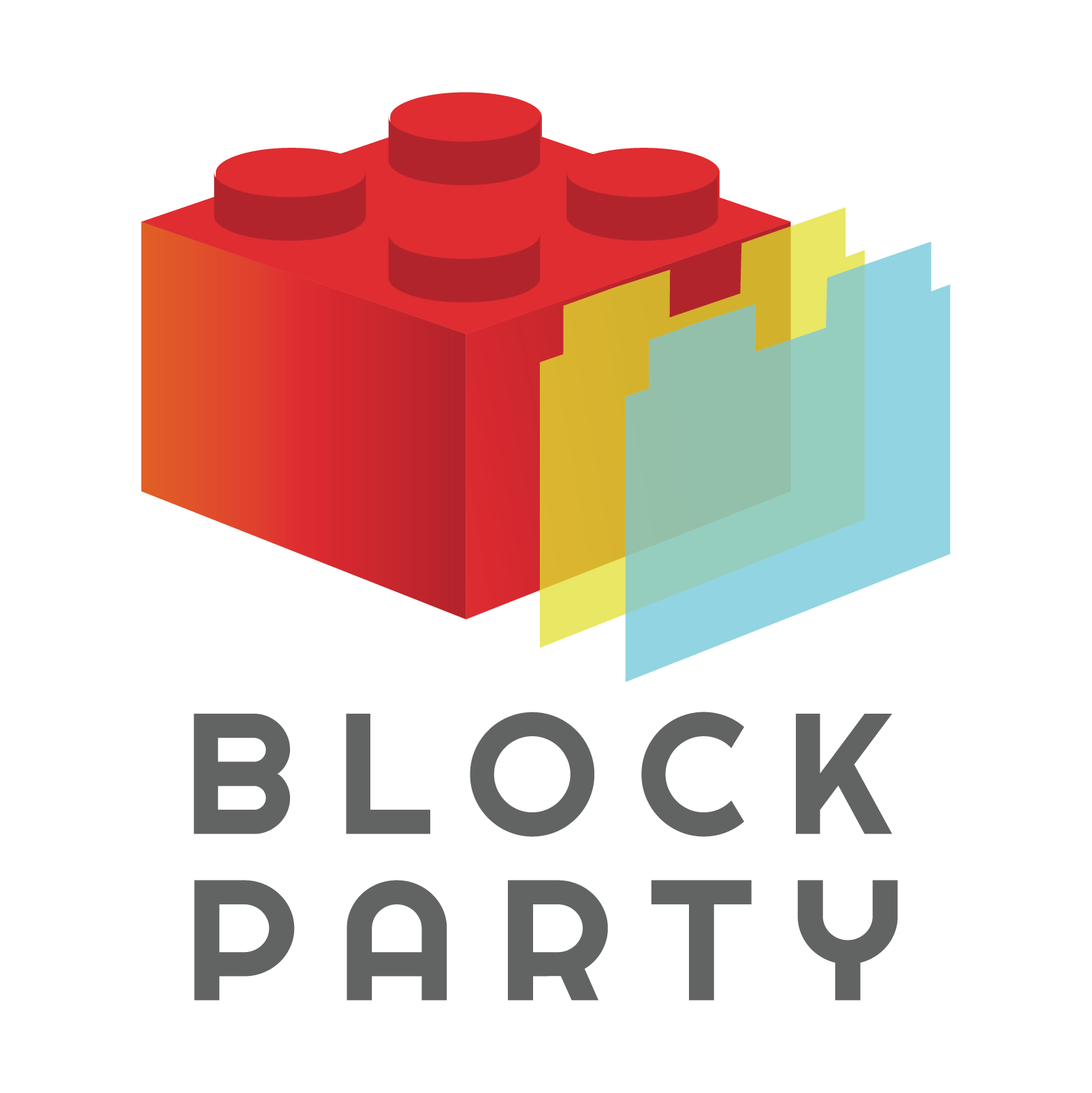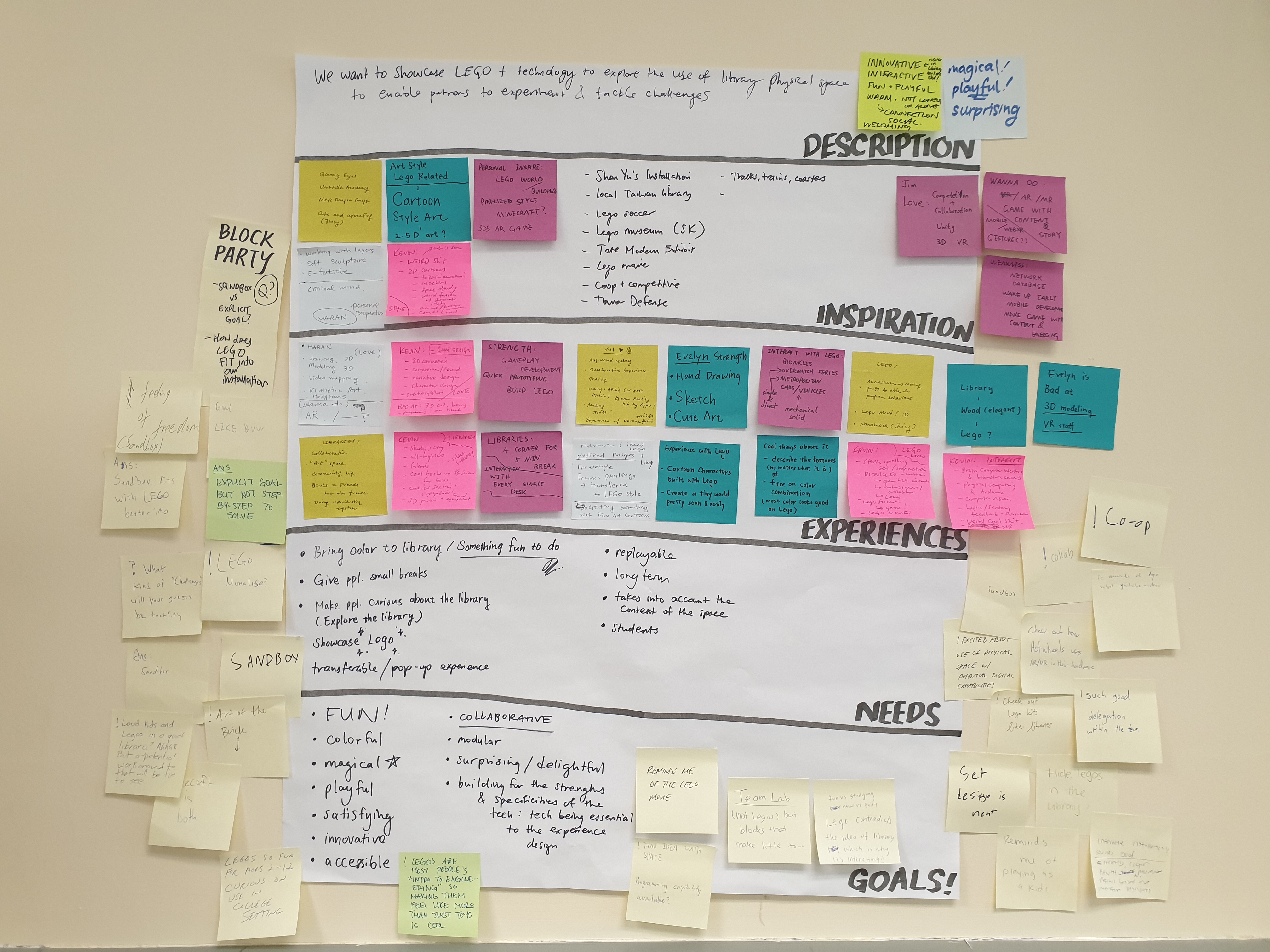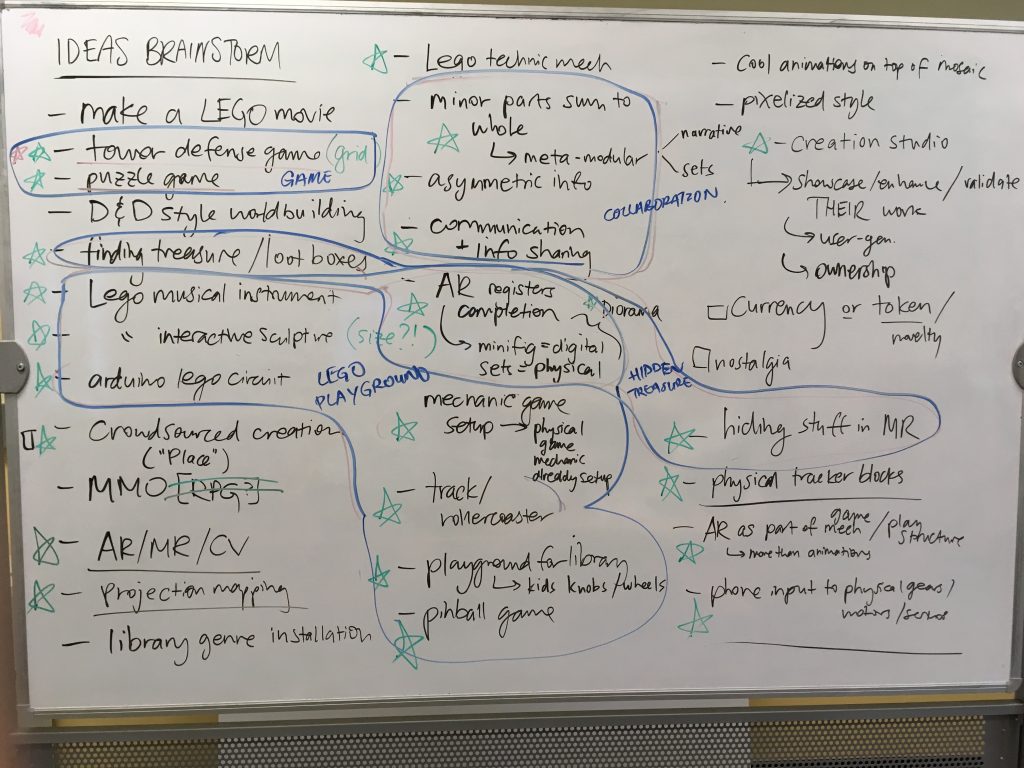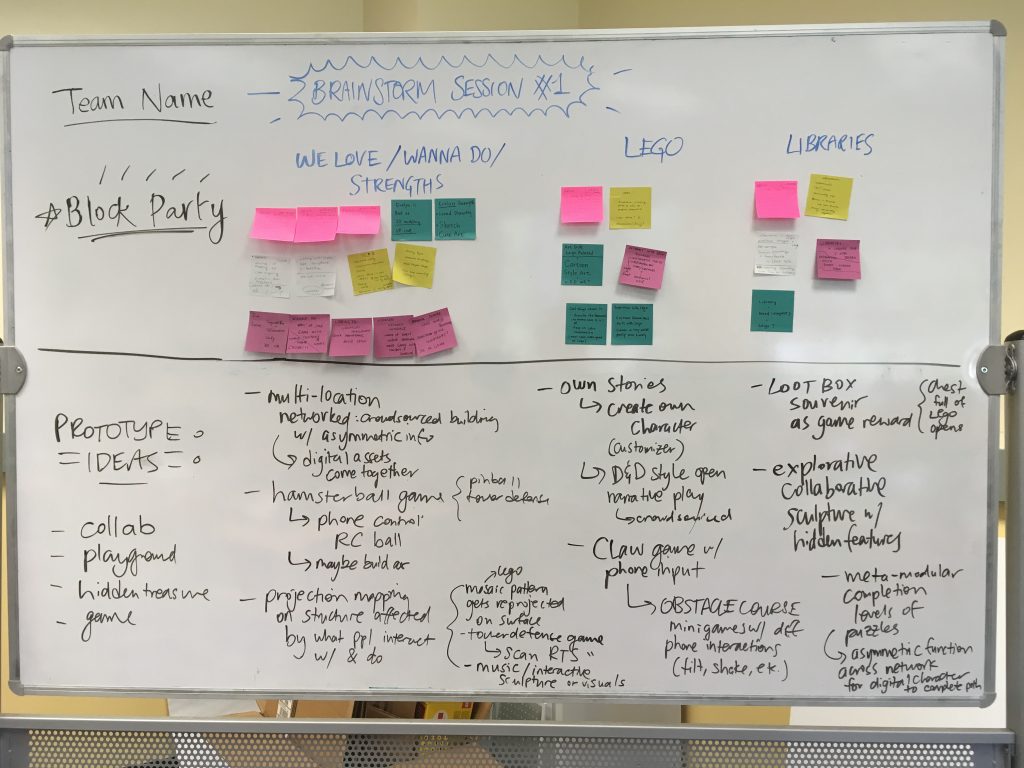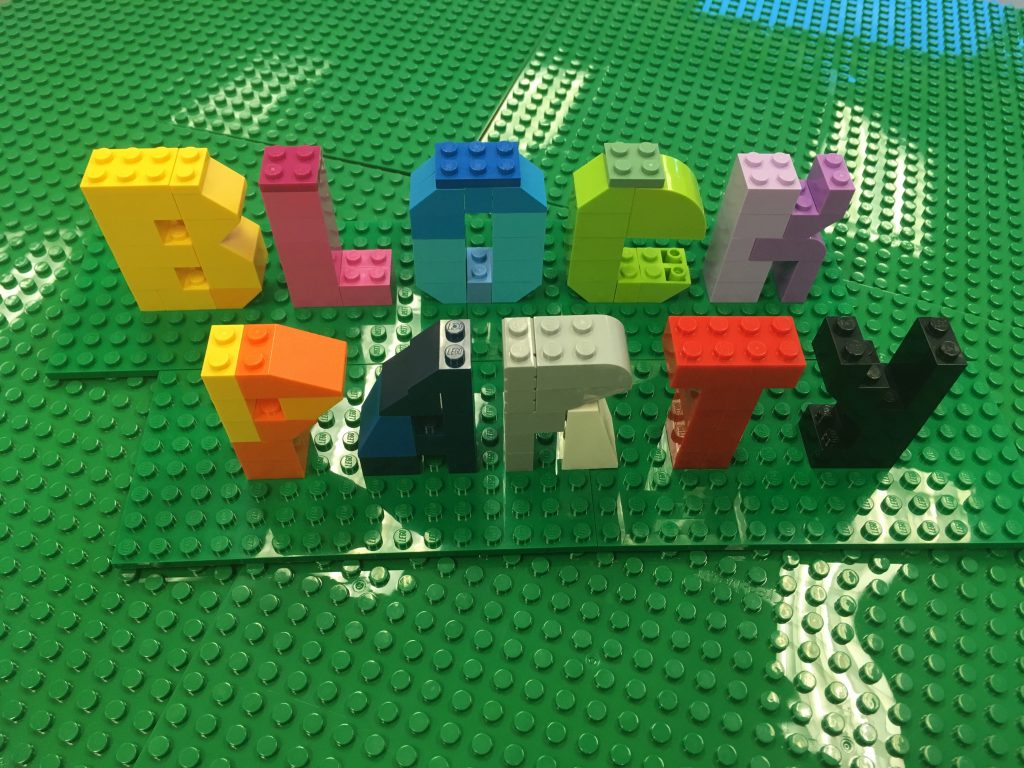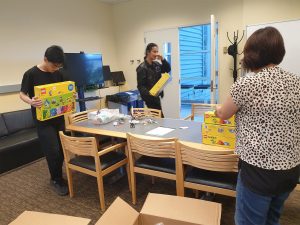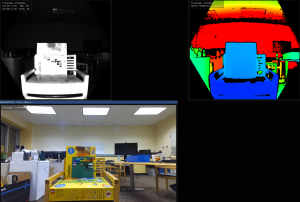Week 2! This week is all about mapping out the space that we’re working in and doing some exploration.
On Wednesday this week, we had a Playtest To Explore workshop with the rest of the ETC teams. We created a composition box that aggregated all of our inspirations, skillsets, experiences, as well as our thoughts in terms of project needs and goals.
Playtest to Explore at Hunt Library
To better understand the kind of experience we wanted to create, we went to the Hunt Library with three separate challenges to try out:
- Something more game-like and structured: Build the highest LEGO tower in 90 seconds!
- Here’s a rubber ball – build something that a small bouncy ball can interact with
- Free play: Here’s the LEGO, build anything you like
We discovered that all guests unanimously preferred the second challenge, and that the second challenge really helped us create the energy and atmosphere we wanted our experience to generate.
We really loved seeing what people came up with in response to the challenge and we noticed that it wasn’t just us – people were really interested in what other people had come up with. We found that the loose structure that allowed play to start immediately and for learning to happen organically/collaboratively. We also really loved how people could use this creative challenge as a way to showcase their personality.
Here are some detailed notes from the playtest:
Further Ideation
After the playtest, we had a major question to figure out. Since our project is all about showcasing the technology in combination with the LEGO, what’s the analogy to our rubber ball challenge? We broke down the top ideas (through vote) that seemed to stick around the multiple ideation rounds into individual components, asking the team what elements of that larger idea were most important to the team.
We really want to make sure that however the final product comes together, the core design goals of our team individually are still reflected in it – buy-in results in a stronger creative output and more dedication to making the experience better!
Then, we started grouping together all of our ideas according to similarities among them, resulting in 3 categories of play type: Game, Playground, Simulation. We’ll delve more into these categories next week!
We also began charting out some of the main design considerations of our experience, and some questions to answer for every decision we make!
- General constraints:
- Modularity
- Stability
- Accessibility
- Replayability
- Library Context
- Questions to guide design:
- Why LEGO?
- Why Mixed Reality?
- Why our technology?
